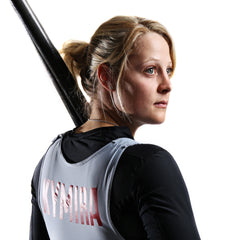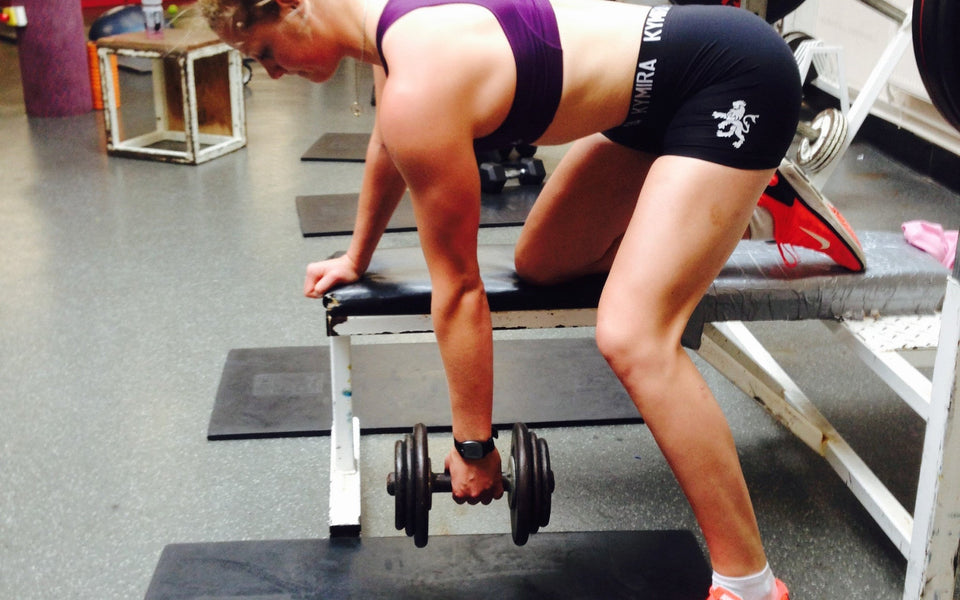Rowing is not like any other sport I have competed in before. The sheer amount of force put through your body, from the catch (when the oar/blade enters the water) to the finish, stroke after stroke, is one so great it requires years of training to build the foundations necessary in order to not buckle with injury.
Unfortunately for me, I by-passed this crucial stage in which a protective body armor isformed, having being fast-tracked through the sport into senior rowing at university. Three years on, and now a full time rower since graduating in 2014, this has come back to bite me in the bum. Training 6 days a week, 2-3 sessions a day was a lot for an undertrained body to handle. My lack of core strength, upper and lower body strength, and biomechanical control specific to the rowing stroke, together with a slight leg length discrepancy, all contributed to my back taking a lot more load than it should, causing significant injury.
For the past 9 months since experiencing a prolapsed disc, I have been rehabbing my injury back to health. Conscious to keep fit, this has involved hours in the pool and on a cross-trainer. However, the majority of gains that I have made through this whole procedure have been in the weights room, where I have strived to improve my overall strength. When I first started rowing I'd never picked up an Olympic bar. Today, I undertake at least 4 weight sessions a week amongst my other rowing or cross training sessions, and have seen my strength increase by an average of 30% through my lifts. My weights programme has taught me so much about strength and conditioning, and how to maximize performance and results.
Here are 5 top tips which will help anyone (not just rowers and full time athletes!) looking to build strength:
 1. It's not all about heavy weights. Undertaking a carefully structured combination of hypertrophy sessions (muscular growth) and strength sessions (muscular capacity) are necessary when training for power endurance. For Hypertrophy sessions, this is achieved by keeping sets low, reps high, and weights low. For strength sessions, sets high, reps low, and weights high. Many neglect the hyper sessions in favour of lifting heavier weights……don't make this mistake!
1. It's not all about heavy weights. Undertaking a carefully structured combination of hypertrophy sessions (muscular growth) and strength sessions (muscular capacity) are necessary when training for power endurance. For Hypertrophy sessions, this is achieved by keeping sets low, reps high, and weights low. For strength sessions, sets high, reps low, and weights high. Many neglect the hyper sessions in favour of lifting heavier weights……don't make this mistake!
 the body which aren't hit directly in many weights exercises. This is important as it assists the bigger muscle groups which in turn ensures all of the smaller muscles are firing properly which has become of paramount importance. Especially for an athlete like myself with a leg length discrepancy and who is vulnerable to back problems. This will improve overall strength and ultimately the powerful, explosive movements which are crucial in rowing.
the body which aren't hit directly in many weights exercises. This is important as it assists the bigger muscle groups which in turn ensures all of the smaller muscles are firing properly which has become of paramount importance. Especially for an athlete like myself with a leg length discrepancy and who is vulnerable to back problems. This will improve overall strength and ultimately the powerful, explosive movements which are crucial in rowing.Emily primarily wears the KYMIRA Core 2.0 Shorts and 2.0 Leggings to help with her rehab and has more recently started wearing the KYMIRA Compression Socks .

